

If you always thought the legendary Meyers Manx beach buggy was meant to live life at sea level, it might seem odd to find one skimming over the snow 3,000 metres up in St. Moritz. But the arrival of a Manx in Switzerland's glitziest ski resort is all part of the original beach buggy's return to the spotlight. This is a result of Meyers’ acquisition by car-loving entrepreneur Phillip Sarofim who, following the sad death of marque founder Bruce Meyers in February, has vowed to do justice to the designer's genius.
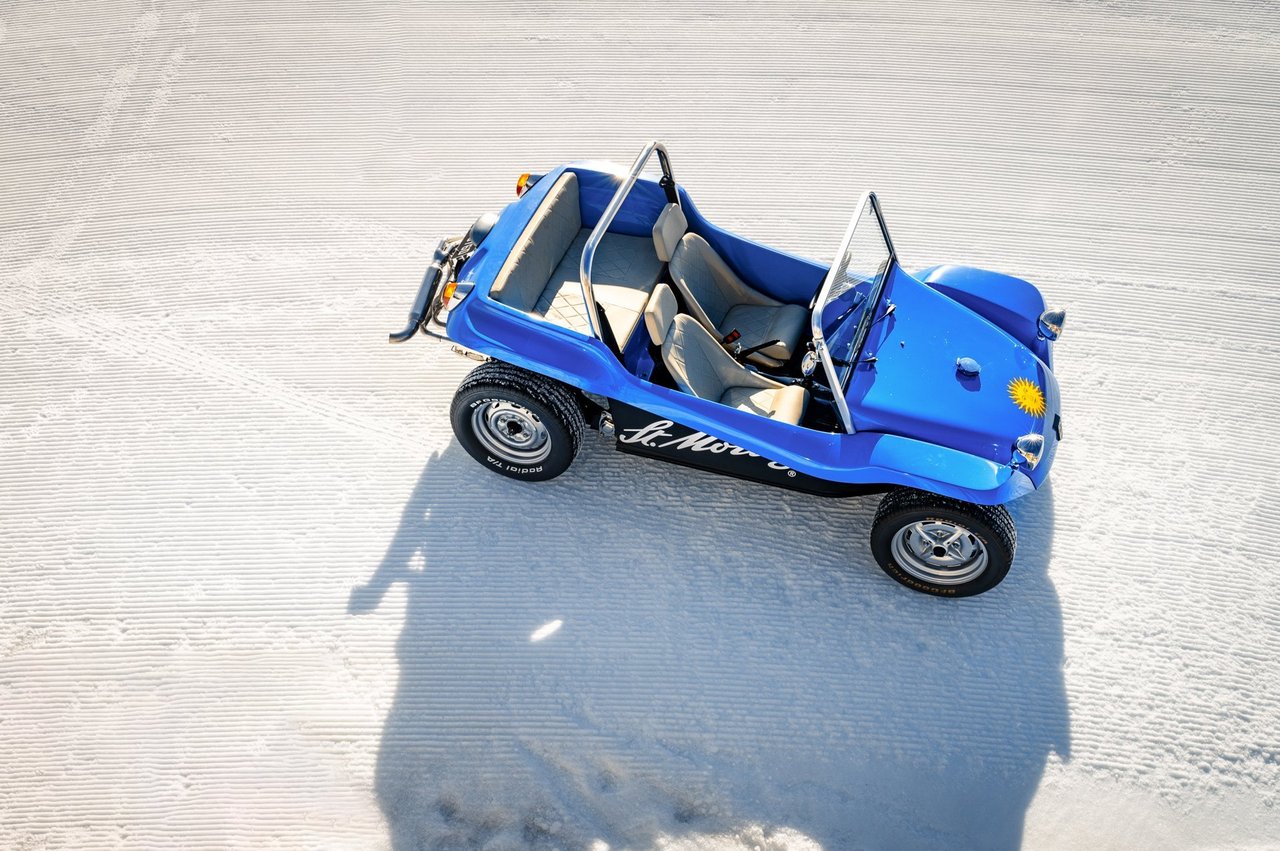
"Meyers Manx represents the greatest era of California automotive history, surf culture and a joyous time of great design," Phillip told Classic Driver. "There's a tremendous need to maintain this history while instilling the 21st-century values of California in a legacy product. We want to build a brand that looks to the future, while nodding to the past, creating something sustainable, environmentally friendly and maintaining an ethos to support our love for the ocean and getting back to nature."
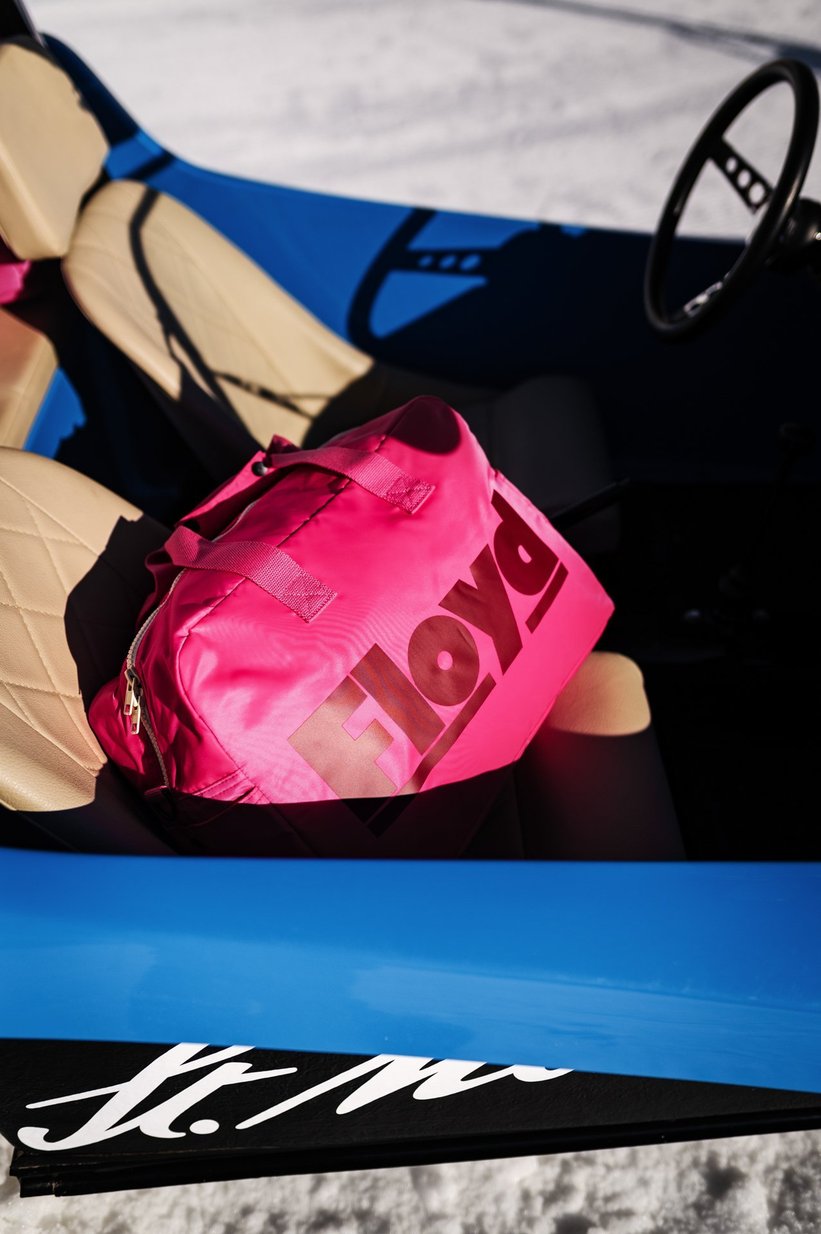
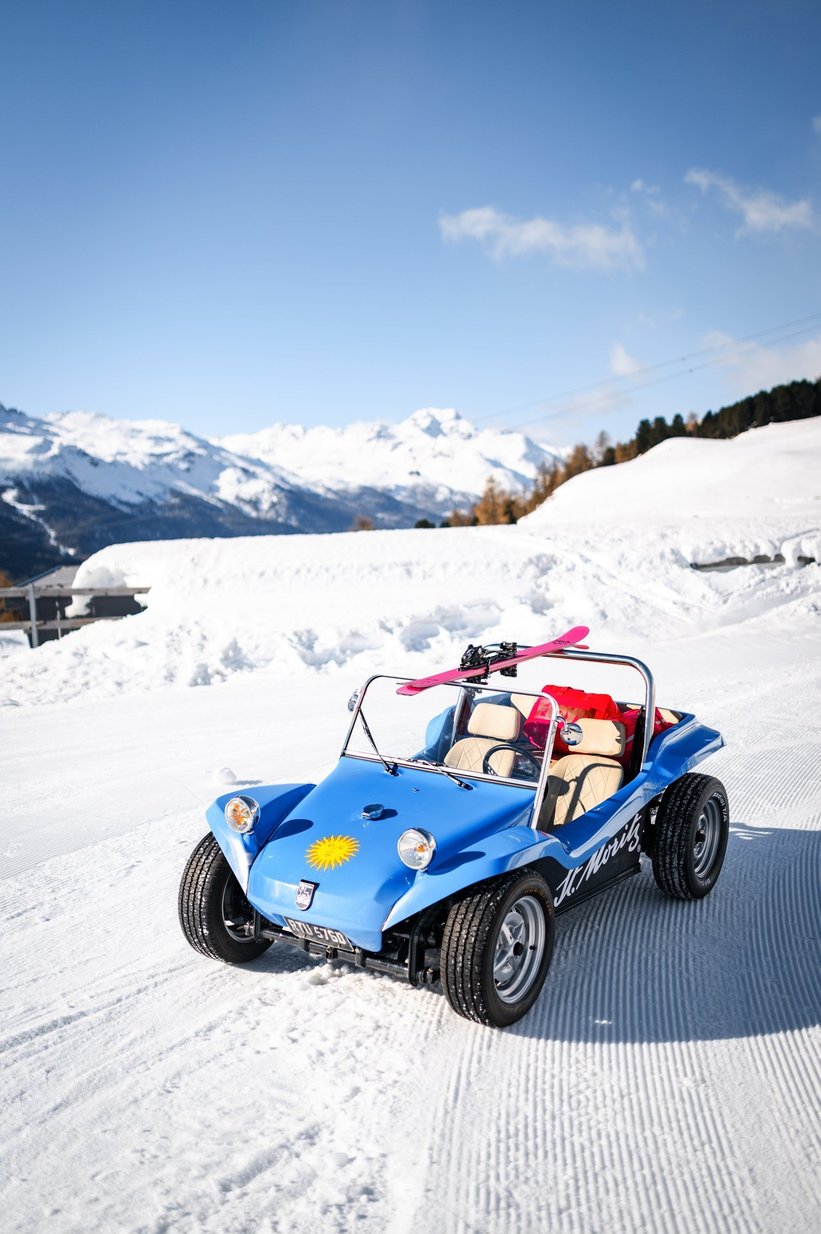
If things had worked out according to plan, the reborn marque's brand director Richard Gauntlett – well known to many Classic Driver readers, the son of famous Aston Martin CEO Victor Gauntlett and the man behind the Aston Martin Bulldog restoration project – would have joined the team this spring to celebrate the return of the Manx in California. But along came the pandemic – and Richard found himself working remotely in the Swiss Alps. Still, Meyers Manx is a brand that’s supposed to bring adventure and fun to every part of the world. So the desert dunes were traded for the slopes of St. Moritz. And of course, the local jeunesse dorée didn’t need asking twice for a joyride.
For Classic Driver, Richard explains more about the revival, why the sheer versatility of a Manx makes it a true go-anywhere vehicle – and why every home should have one.


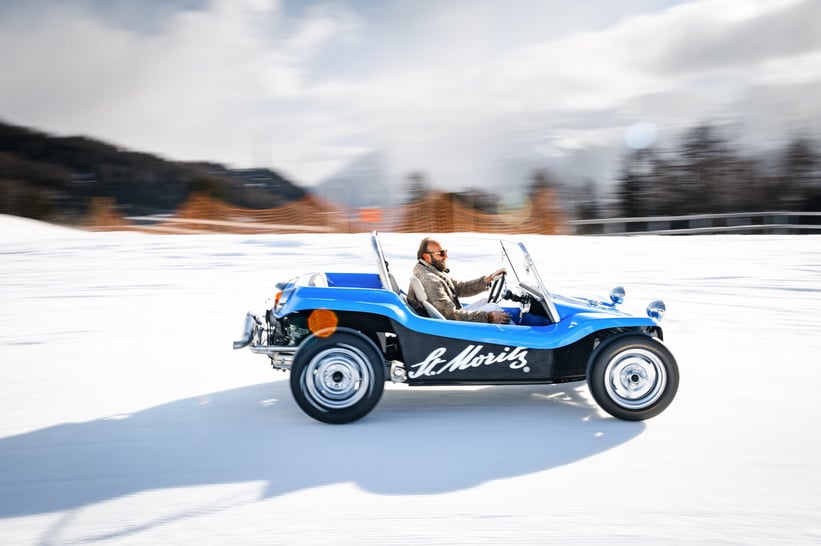
Our discussion was almost postponed to accommodate an appointment with your physiotherapist. Are you injured?
Only very slightly – I was being towed on skis behind the Manx, I hadn't warmed-up properly and I had a small crash...
How surprising. No further questions on that subject! But it would be interesting to know how and why you came to be using a car best associated with Californian surf culture as an everyday driver in a Swiss luxury ski resort?
Well, that's very simple. This particular Manx has been loaned to me by a keen collector to enable me to understand what it means to live with one on a daily basis, particularly in more extreme climates.
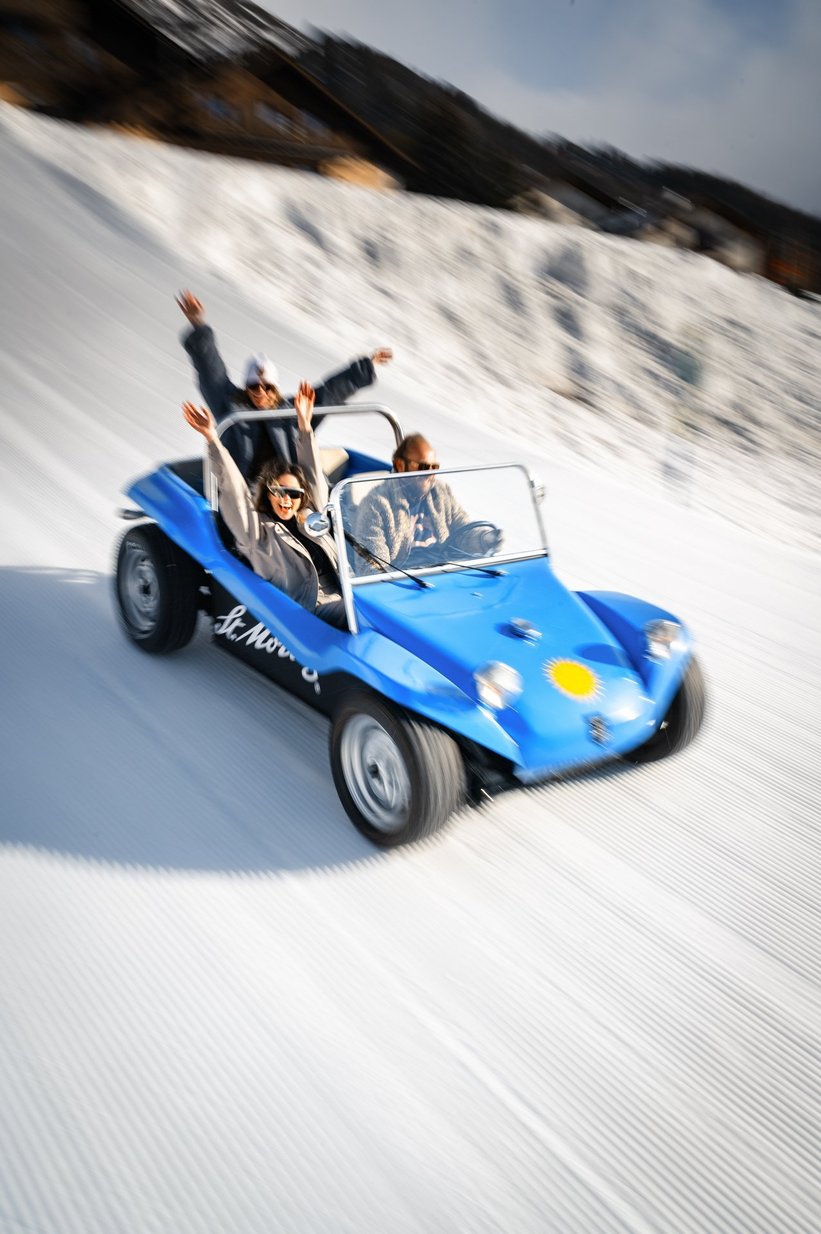
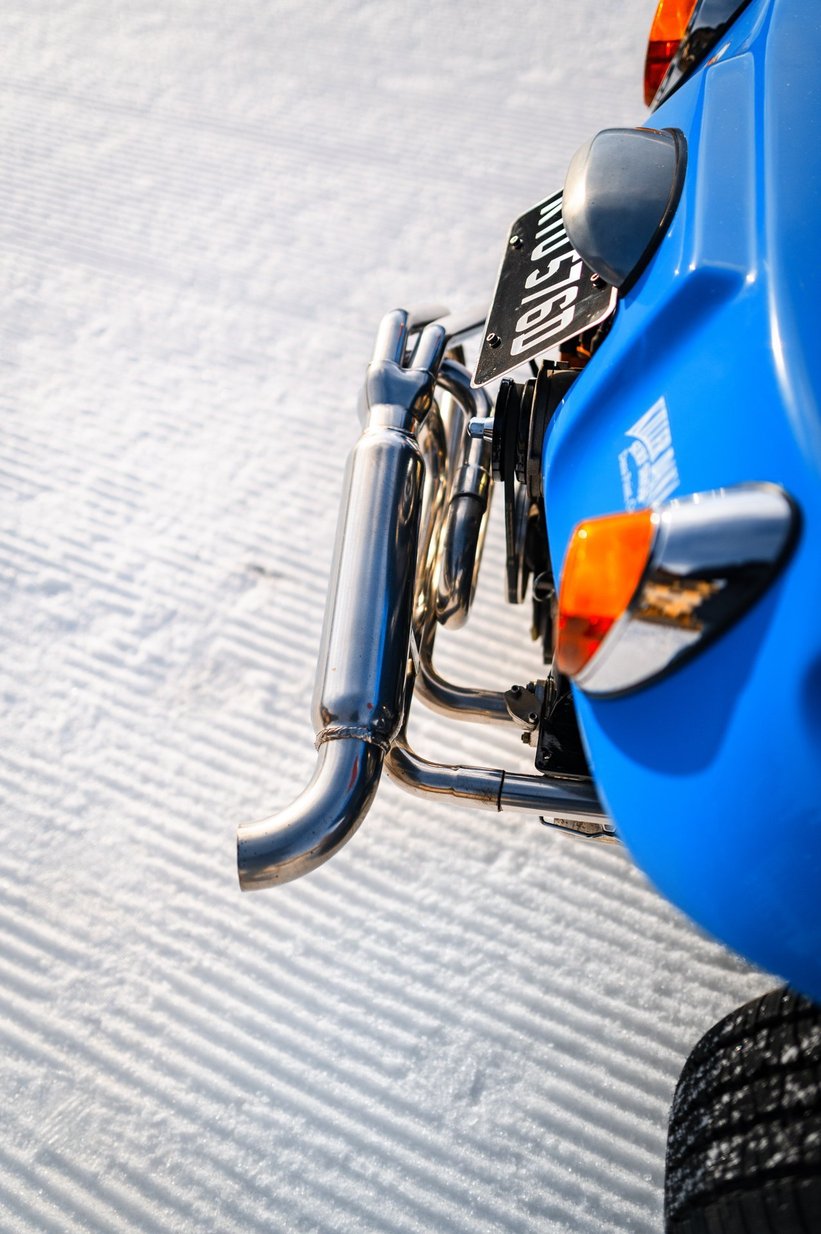
And what have you discovered?
Simply that you need to wear a warm coat, a hat and gloves during the snow season – and that, whether you're following a snowmobile along a forest trail or nipping up the road to the supermarket, every drive is a joyous little adventure and a Manx makes everyone smile.



But there’s also a serious side to your blossoming love affair with the Meyers marque. Tell us about that.
Yes. I'm part of a small team that acquired the Meyers Manx business in November last year, shortly before the sad passing in February of the car's creator, Bruce Meyers. He was 94. A key member of that team is our CEO and CCO Freeman Thomas who, as many readers will know, began his career at Porsche and was the designer behind cars such as the original Audi TT and, of course, the 'new' VW Beetle. He also recently shaped Ruf’s new CTR and SCR. Freeman grew up in Southern California during the 1960s and 70s, so he offers a unique mix of vision, VW heritage, incredible design sensitivity and deep experience of the very culture into which the Manx was born.
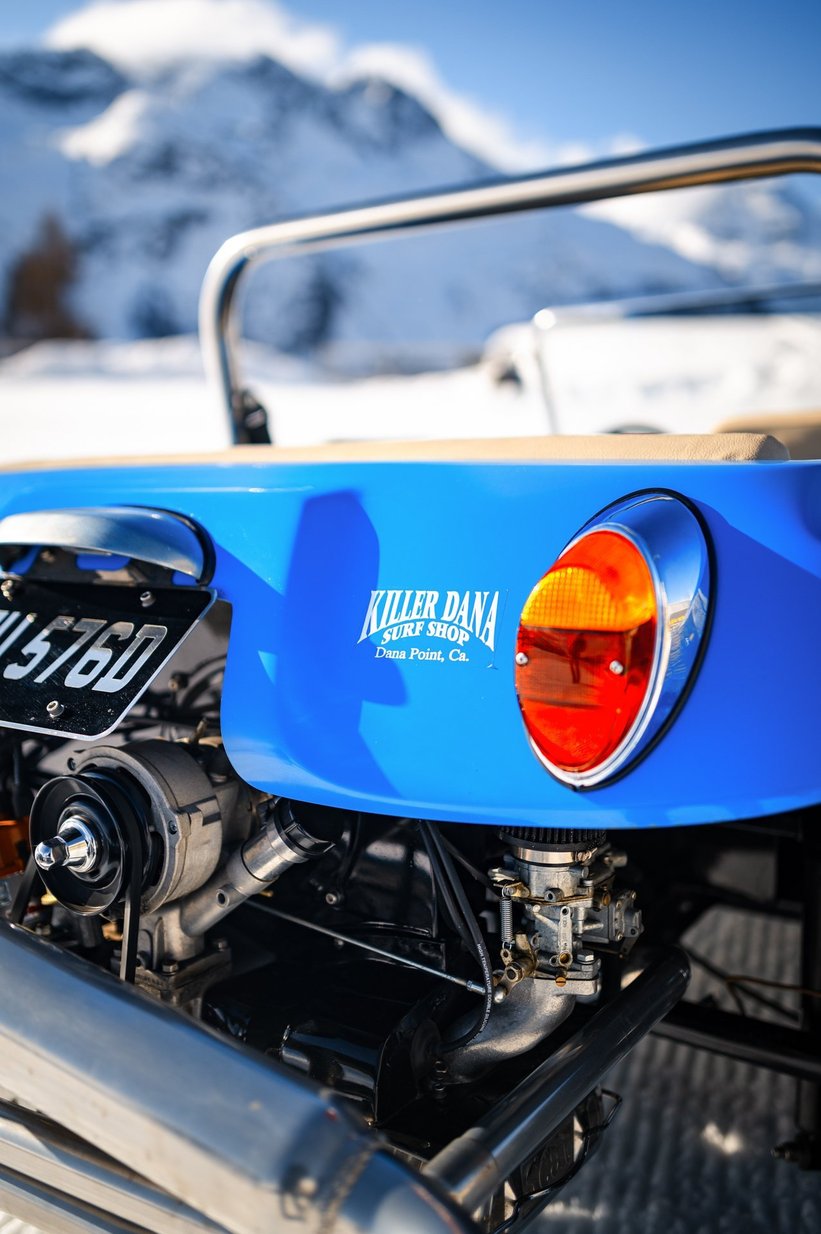

So that means the one and only, truly original beach buggy has a future?
Very much so. And a bright one, too. We are relocating the business to its 1960s roots near Newport Beach and it’ll soon be possible to buy a Meyers Manx with all the character, performance and abilities of a classic example, but made to modern-day expectations.
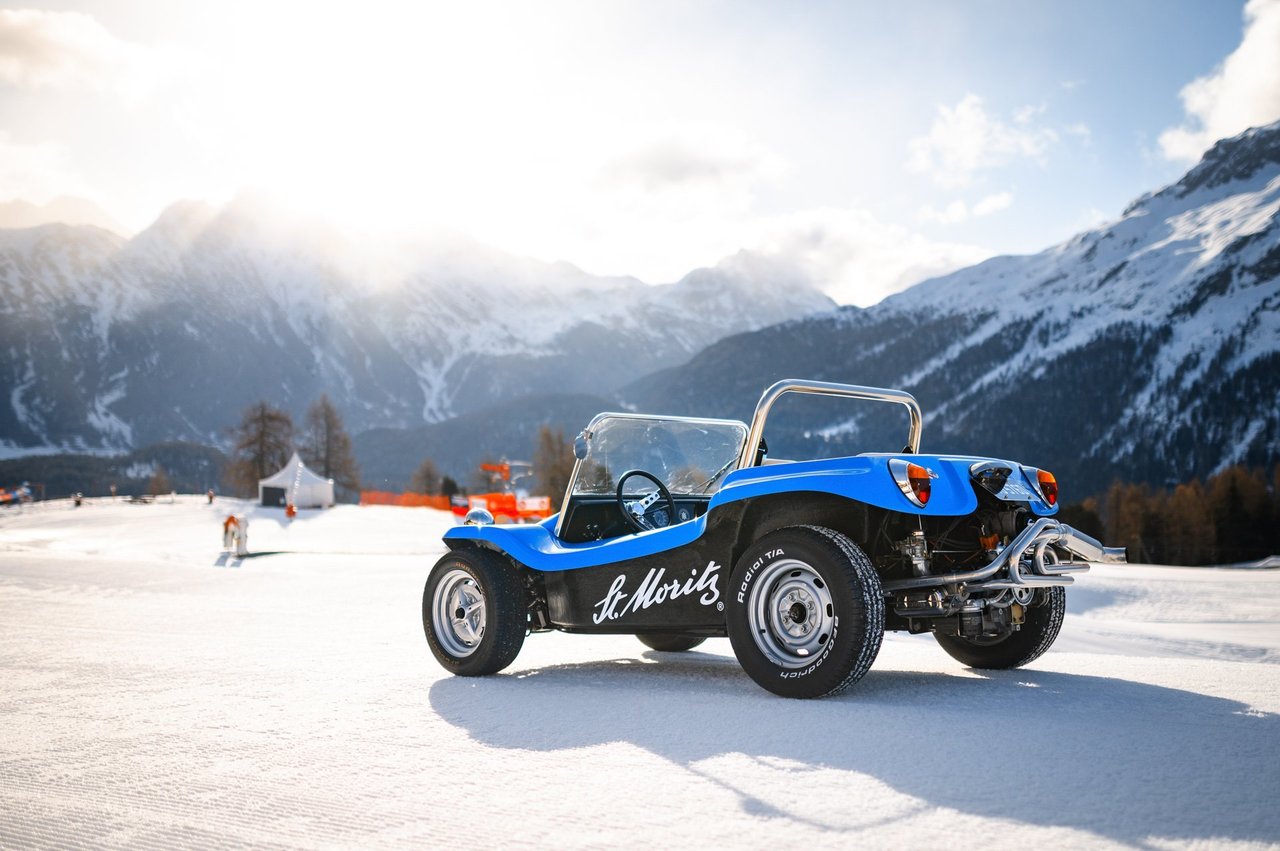
How long will we have to wait to get hold of one?
We’re working hard and hoping that people will be able to place orders within the next six months, while we’re also working on new platforms and models.

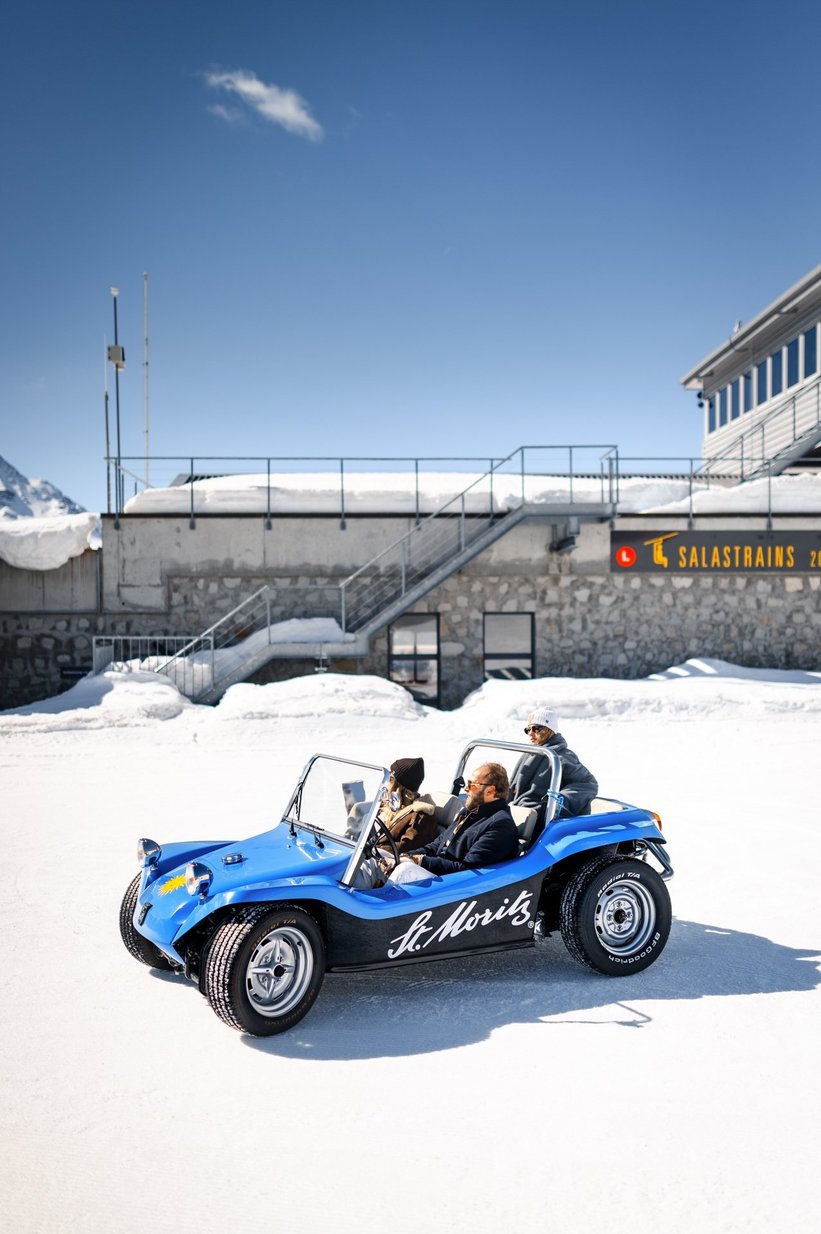
You mention new models – that doesn't mean the end of the famous Manx shape, does it?
Absolutely not – that will always be the cornerstone of the marque and we’re remastering the original with all its iconic details. But we’re also expanding the range to include exciting new models, including an electric platform that we’ll share at a later date. There was also a more extreme model called the Tow’d, a minimalist, pure, open-wheel dune buggy that was made for California’s dunes and Baja. Something else that's not that well known is that Meyers didn't only use VW Beetle engines. The buggy built by Steve McQueen to feature in the Thomas Crown Affair had a 200bhp Corvair Six. Porsche motors were also popular.

The Manx is often regarded as a pure fun car rather than a serious driving machine. Is this a fair assessment?
Not at all. The Meyers Manx has a very serious competition pedigree that began in 1966 when Bruce pre-ran Baja, breaking a record for a 1,000-mile desert race in Mexico by more than five hours. The race later become the Baja 1,000 – and in 1967, a Manx won it outright. The Manx is also incredibly strong. Bruce was previously a boat builder who had great knowledge of constructing in glass fibre and was obsessive about quality. If someone asked him to authenticate a buggy, one of the things he would do is jump up and down on one of the wings. If it didn't break, it was one of his.

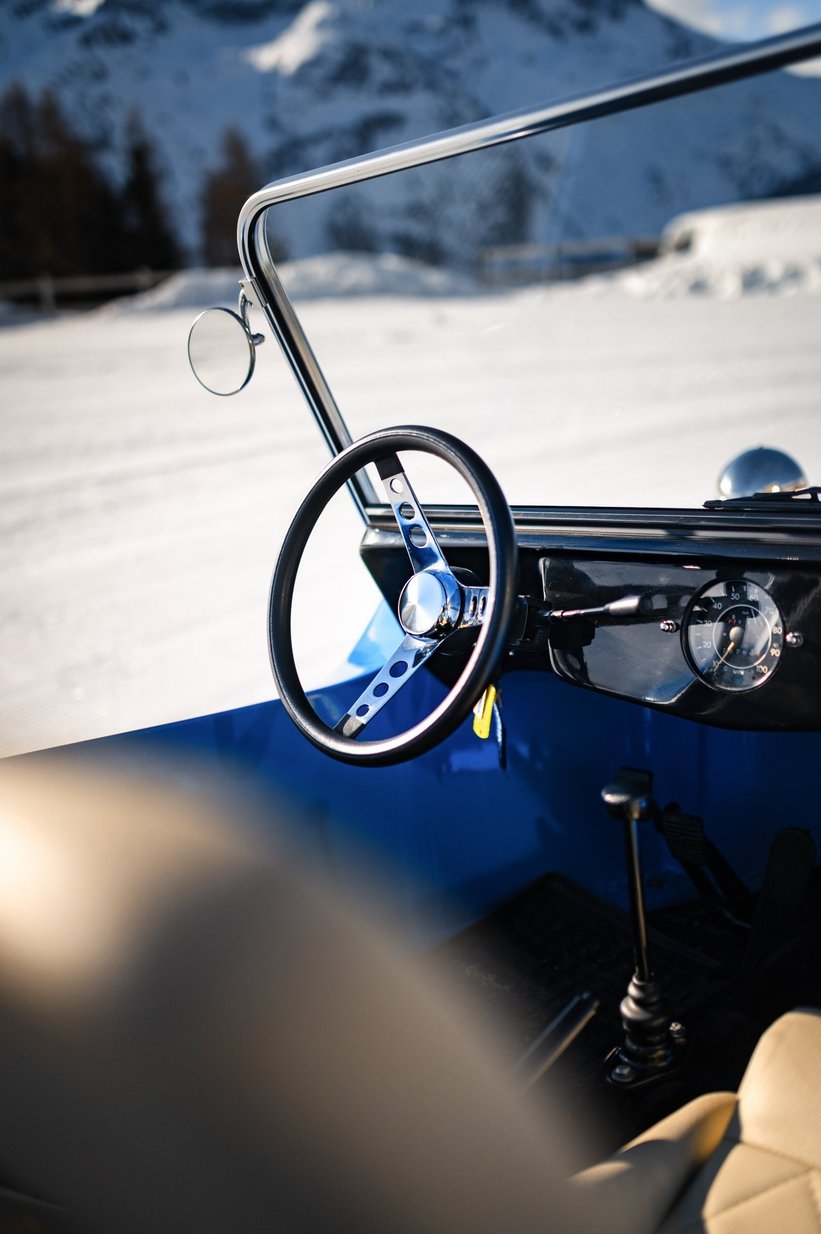
That's impressive. But was every Manx as good as the ones Meyers built?
That's an extremely valid point – these cars are only ever as good as the people who put them together. This is why we’re already remastering the tooling to ensure that every Manx is made to the same authentic, close tolerances and that, combined with the use of ancillary components that are engineered to the best of standards, will make it far easier for anyone to build a car that’s beautifully finished and fun to drive.
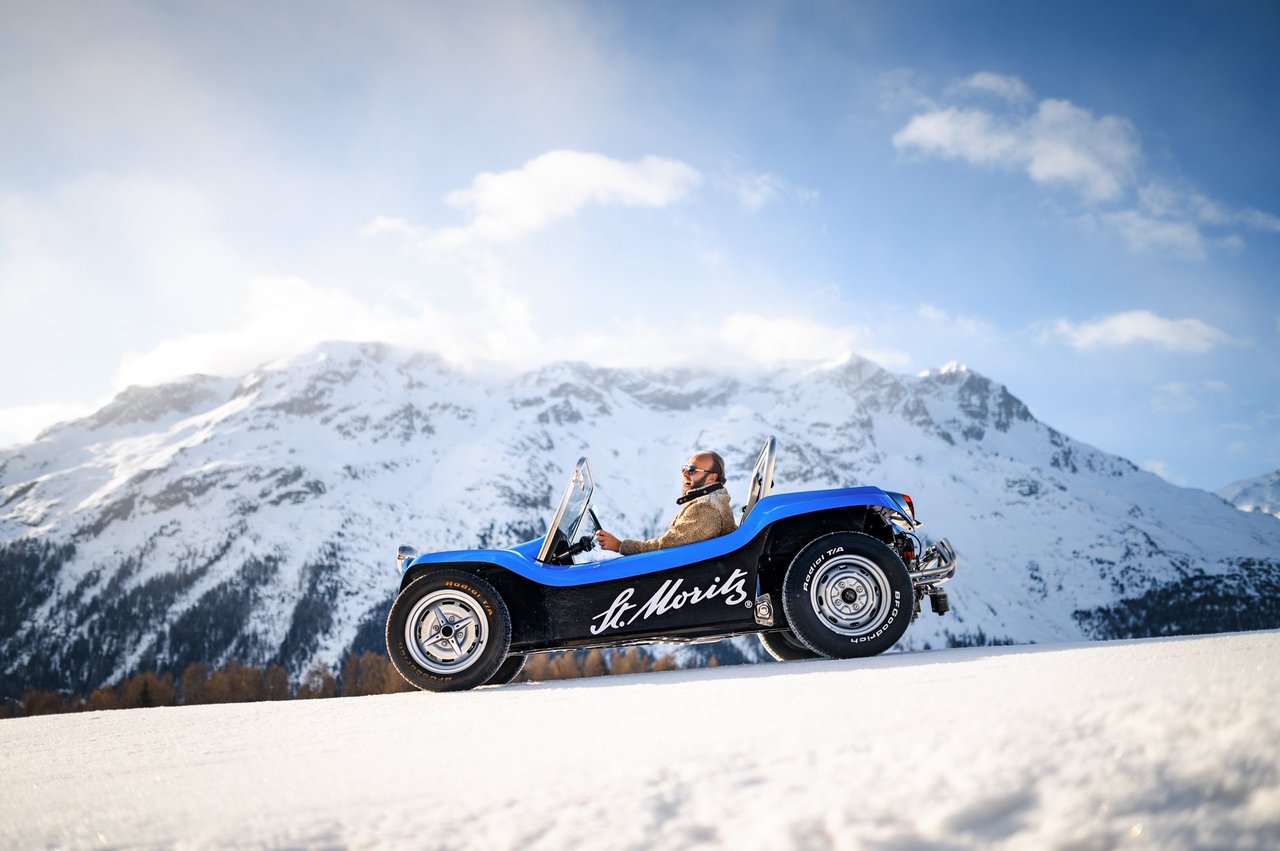
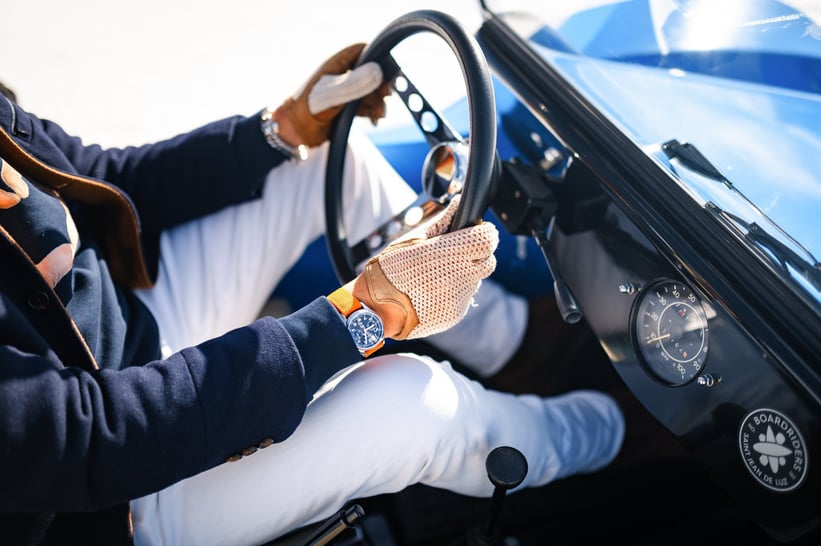

At first glance, a Manx might seem to be a completely impractical car that's suitable only for very occasional use. Is that the case?
It really is not. In fact, the sheer versatility and adaptability of a Manx is a significant part of its appeal. It really can be all things to all people – with a few minor adjustments, it can be a fast road car for the canyons, a car for taking to the beach or a car for taking the kids to school in and doing the shopping. It has decent carrying capacity, it has considerable off-road capability and it's both robust and simple.
From what you say, it sounds as though the Manx fits right in with the boom in outdoor adventure...
We think it really does – and we'll make the Manx available with all sorts of options that’ll make it usable for campers, mountain bikers, adventurers and overlanders.
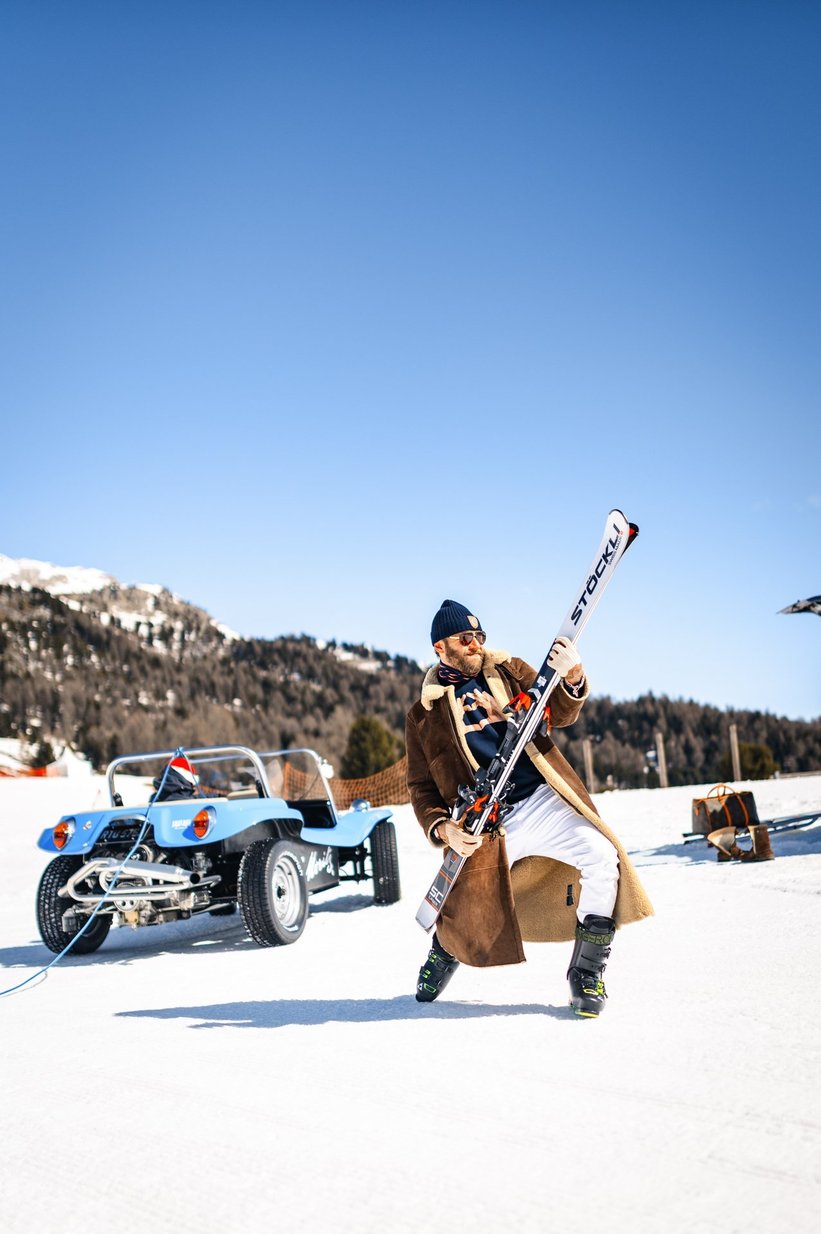
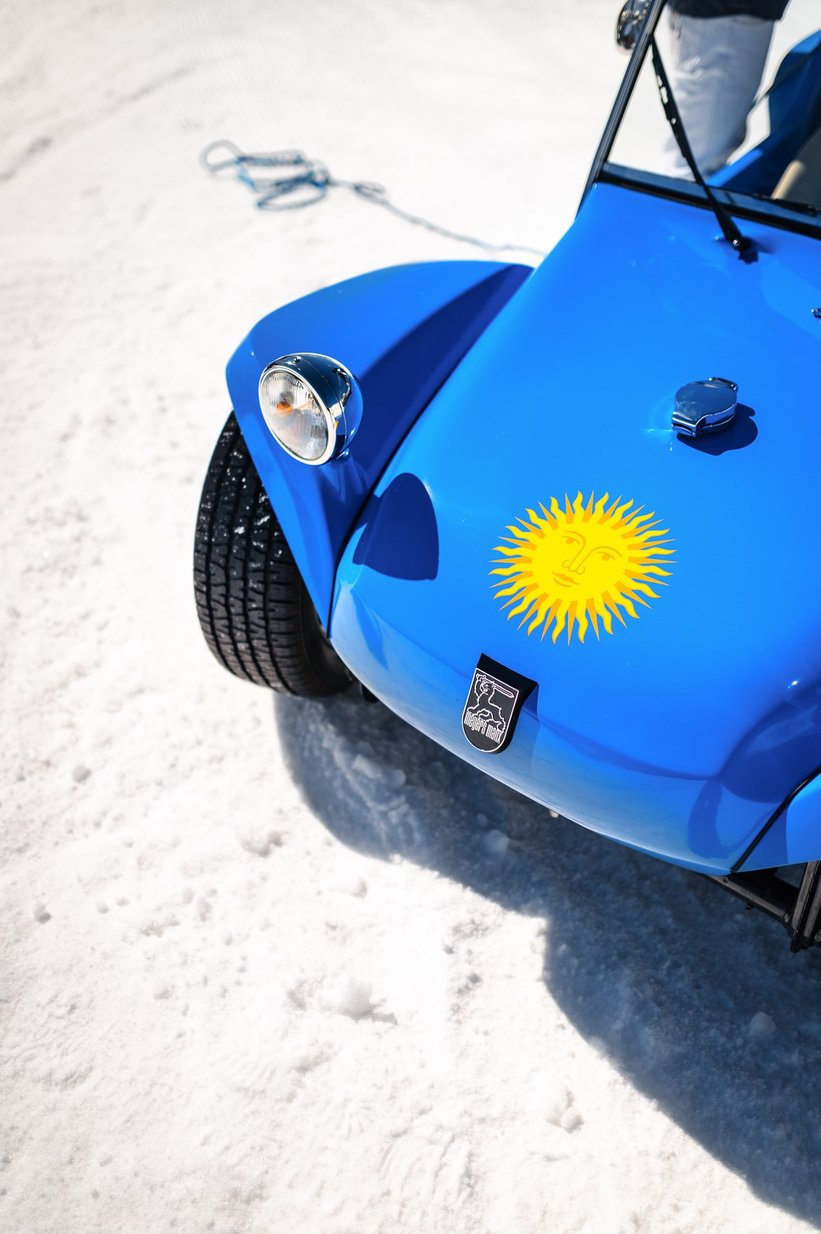
And finally, the most important question of all. Metal flake – will it still be available?
Definitely. In fact, it’ll be strongly encouraged! Bruce Meyers was the first person to create a car with the metal-flake finish after he was inspired by a Fender guitar.
Photos: Andrea Klainguti © 2021





























































